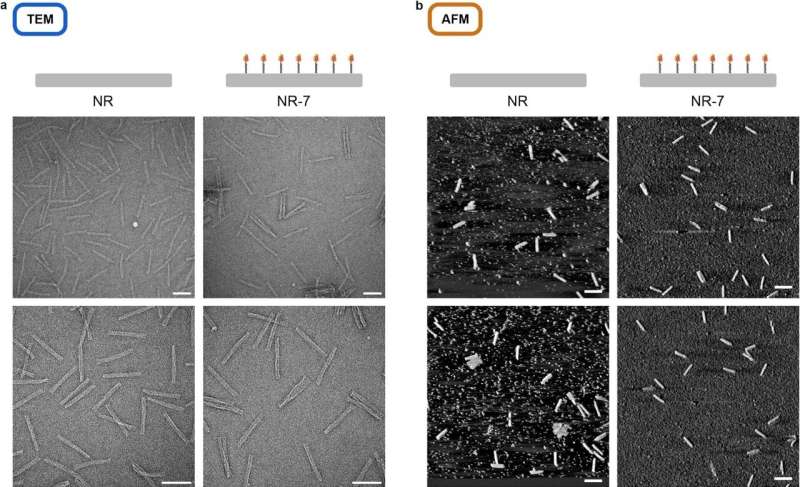A study published in Nature Nanotechnology shows how nanoclusters of insulin can control insulin activity. The results can lead to new types of insulin drugs, senior author Ana Teixeira at the Department of Medical Biochemistry and Biophysics (MBB) at Karolinska Institutet, says.
Diabetes has a high and increasing prevalence worldwide. Insulin replacement therapy helps patients keep their glucose levels within an acceptable range, but it is still challenging to mimic the dynamics of endogenous insulin release while avoiding dangerous hypoglycemia.
The study performed by Ana Teixeira’s research team shows that it’s possible to change the activity of insulin by assembling insulin into nanoclusters. The same concentration of insulin can have very different potency depending on how the nanoclusters are engineered.
“There is a need to find new ways to implement insulin replacement therapy. The results of our study can lead to new types of insulin drugs. We show a new way to deliver insulin that could lead to different dynamics of insulin action as well as the development of tissue-specific insulin variants,” says principal researcher Ana Teixeira.
The research group performed super-resolution imaging studies on the spatial organization of insulin receptors at the cell membrane, which guided the design of insulin nanoclusters. These were formed using DNA origami technology, where DNA acts as a platform to assemble the insulin molecules.
“This allowed us to control the number of insulin molecules in each nanocluster but also their spatial organization with nanoscale precision. We analyzed the effects of different variants of insulin nanoclusters in adipose cells. Finally, we tested the effects of insulin nanoclusters in a zebrafish model of diabetes,” Ana explains.
The research group will now further study the mechanisms of action of insulin nanoclusters.
“We will characterize insulin receptor nanoclusters in different tissues using super-resolution microscopy and NanoDeep, a method we previously developed that uses DNA instead of light to detect the localization of proteins in cells, as is the case in conventional microscopy. We aim to use these data to guide the design of insulin nanoclusters that target specific tissues,” says Ana.


